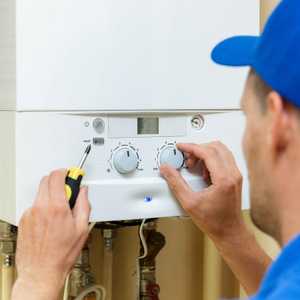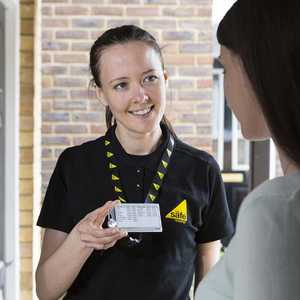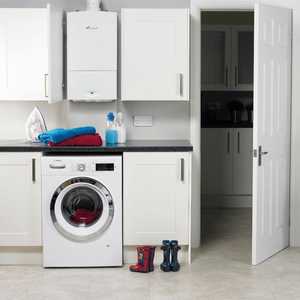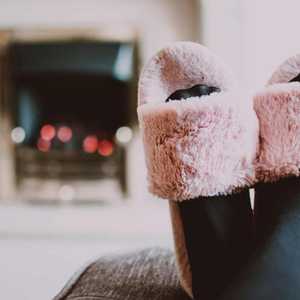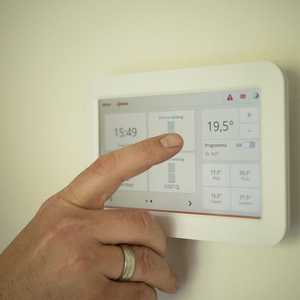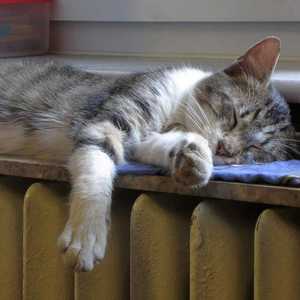Popular Boiler Fault Codes and What They Mean
Is your boiler flickering with an error code? Don't panick, check our list of most popular boiler error codes plus boiler manuals you can access easily.

The Boiler is the king of your home, whether you realise it or not. When it comes to appliances, it's the boiler that is the most sophisticated and complicated machine, working hard for years on end to ensure your household remains warm and healthy.
Whether you're only using a boiler for your heating, or it powers your taps and shower as well, you know that one of the most heartbreaking things you can see on a Monday morning (or any morning, really) is the boiler display flickering with some cryptographic letter & number combination, refusing to work.
What is the Reason Behind a Flickering Boiler Code?
While combi boilers have a long lifespan and are generally reliable, we can't forget that they literally work 24/7. After such hard effort, boiler faults are inevitable. Boiler error codes also are not necessarily related to the boiler function as well, but rather to problems like frozen condensate pipe, electrical supply or the flue.
What Does a Boiler Fault Code Mean?
Usually, a boiler fault code indicates that something is wrong, and you should check the boiler manual. Sometimes it would be a simple fix like topping up the boiler pressure, and sometimes it would require a certified Gas Engineer to make a visit.
Where can I find my Boiler Manual?
Boiler error codes will depend on your boiler model and while experienced Gas Engineers know many of them from practice, it's still best to refer to the boiler manual.
Here are the most popular Boiler Manuals:
What are the Most Useful Boiler Error Codes?
Some common boiler error codes you should definitely know:
1. E-Error Codes
The "E-error codes" are versatile and can mean a lot of thing but te=hey can be separated in general in 3 categories.
The E+2 numbers (such as E20) is normally an error code that will require an engineer, and usually include internal sensor errors, that are an easy job for an experienced engineer, but should not be tackled by untrained rookies.
The E+3 numbers (like E110) is normally a fault that can be resolved by the homeowner. Popular ones include E110, E125, E131, which indicate overheating. Simply bleed the radiators to resolve this one.
The E119 boiler error code indicates a problem with the water pressure. Resolve it by adding water until the pressure gauge indicates a healthy water level.
The E133 shows a problem with the gas supply to the boiler. Make sure that your meter is working and the gas is connected to the boiler and reset it.
Then we have the higher-number E+3 number problems, such as E151 - E167, which tend to indicate a programming error and you need an engineer for it.
2. EA (Worcester) or F27 (Vaillant)
These codes signify a blocked condensate pipe. This is usually an issue when the temperatures drop below zero. You can thaw the pipe carefully, if its accessible on the outside of your property. Carefully defrost the pipe with a hair dryer or by pouring hot but not boiling water over it.
3. A1 or No code (Worcester) or F75 (Vaillant) F1 (Ideal)
This is a low water pressure code. This will usually require you to top up your boiler, normally turning a certain handle of your boiler on and topping up to the right pressure. You'll need to follow the boiler manual to do this.
4. EA (Worcester) or F75 (Vaillant) - sensor change.
This error code usually means the fault is likely to do with the boiler's sensor failing to connect with the pump when it's running.
5. Common Worcester Bosch Errors
A1 - Low water in the system, need to repressurise the boiler. Press the gauge and repressurise to about 1.8-2 bar.
C1 - The fan has stopped.
EA - No flame is detected.
No Code - Possibly a low water/pressure error. Check pressure gauge and repressurise to 1.8-2 bar.
260 - Sensor disconnected or no water in the boiler. Start with checking the pressure gauge and repressurise to 1 bar
C6 -The boiler is running too fast or running too slow. Call an engineer.
C7 - Fan not running or the airflow blocked. Call an engineer.
D1 - The sensor is wet or damaged (the boiler will block for 300 seconds before this condition). D1 can also mean overheat. You'll need an engineer's help.
E2 - Flow sensor is shorted or damaged, or disconnected and damaged. Call an engineer.
E5 - Primary flow sensor overheated Call an engineer.
E9 - The main heat exchanger has overheated with a maximum temperature 105°C. Or the maximum temperature sensor of the main heat exchanger has failed.
The most important thing to remember, is that if the boiler problem is on the inside, you should never try to open the boiler and resolve it yourself. Only a Gas Safe engineer should resolve gas issues.
Rightio's gas engineers are available to help 7 days a week, just get in touch.
Related advice
There are plenty of actions you can take to help keep your home in check. Take a look here for the latest guides, advice and tips from our experts!
View our latest advice


